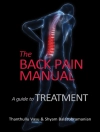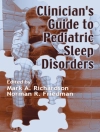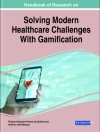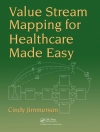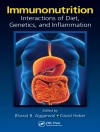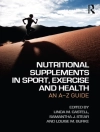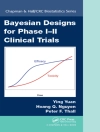Currently, positive pressure mechanical ventilation has gained widespread recognition as an essential strategy in the treatment of various forms of acute and chronic respiratory failure. Its mechanism impacts directly or indirectly on respiratory physiology (gas exchange) and/or respiratory musculature in various medical/surgical pathological conditions. In addition, positive pressure mechanical ventilation has been recognized as a factor that influence both short- and long-term prognosis of critically ill patients. An example of one of the utilities of noninvasive ventilation is to assist in weaning from mechanical ventilation. For these reasons, mechanical ventilation continues to be a matter of controversy and continuous analysis for medical community and growing field of technological advances that optimize patient-ventilator interaction and outcome. This book has made a selection of the hot topics about indications of mechanical ventilation, technological development advances, ethical and cost associated with mechanical ventilation. Initially, the authors believe an essential approach to positive pressure ventilation is based on physiology (gas exchange, lung mechanics, work of breathing, equipment, etc.), modality of mechanical ventilators (invasive and non-invasive ventilation, nasal high flow, etc.), ventilatory modes (conventional and unconventional modes) and possible complications (ventilatory associated pneumonia, diaphragm dysfunction and ventilator-associated events). The most important mechanical ventilation topics and advances made in critically mechanical ventilated patients include obesity, severe hypoxemic respiratory failure (protective ventilation mode, prone position and extracorporeal oxygenation), cardiac surgery, lung/cardiac transplants, thoracic and brain trauma, pregnancy, and sleep breathing disorders. Patient-ventilator asynchrony, sedation and neuromuscular protocols in mechanical ventilation can be complicated by prolonged mechanical ventilation, weaning failure, sepsis and delirium. Continuous advances are being made in technologies such as diagnosis, monitoring and treatment patient-ventilator asynchrony, respiratory muscle function such as electromyography in diaphragm and lung function by ultrasound or electrical impedance. Weaning from mechanical ventilation, hospital discharge and early mobilization are important aspects of how to identify weaning candidates-screening and planning how release from mechanical ventilation (ventilatory options, protocols), reintubation, rehabilitation and goals-directed mobilization and discharge planning from hospitals receiving long-term mechanical ventilation. Finally, ethical and health-related cost perspectives of mechanical ventilation represent the last essential approach towards emergent issues in mechanical ventilation.
Antonio M. Esquinas
Mechanical Ventilation: Applications, Technologies and Ethical Issues [PDF ebook]
Mechanical Ventilation: Applications, Technologies and Ethical Issues [PDF ebook]
Buy this ebook and get 1 more FREE!
Language English ● Format PDF ● Pages 451 ● ISBN 9781536150032 ● Editor Antonio M. Esquinas ● Publisher Nova Science Publishers, Inc. ● Published 2019 ● Downloadable 3 times ● Currency EUR ● ID 6961976 ● Copy protection Adobe DRM
Requires a DRM capable ebook reader


